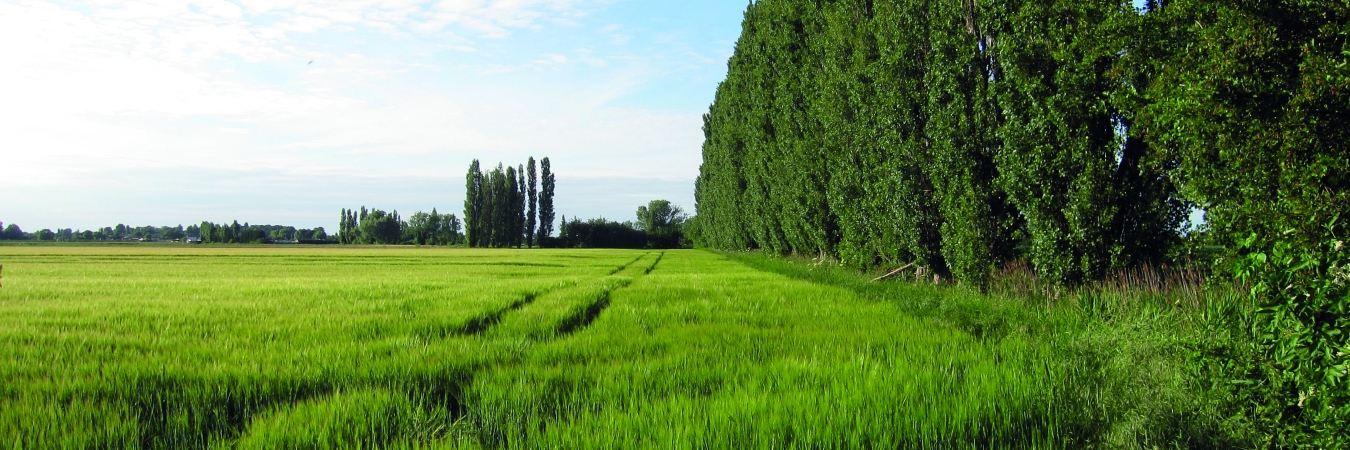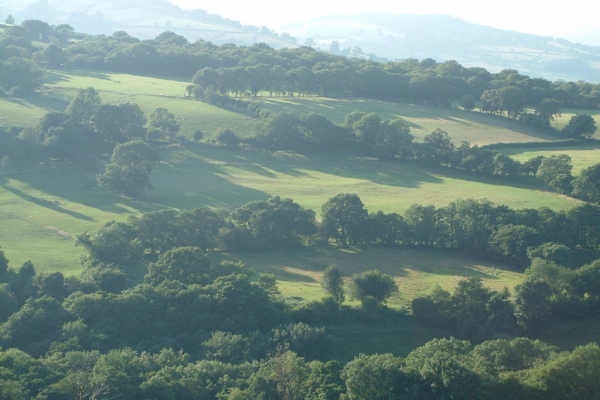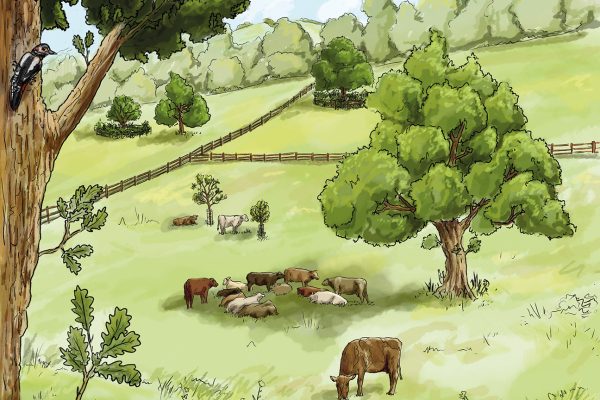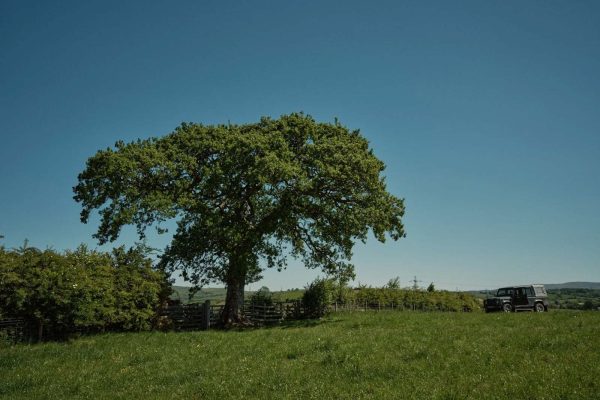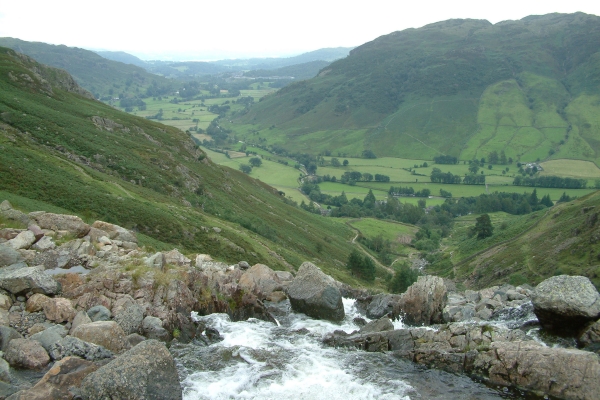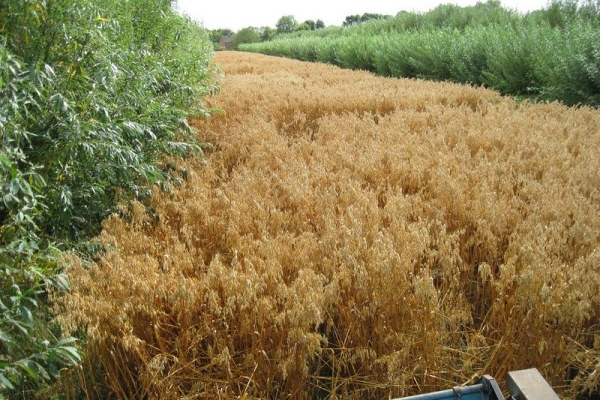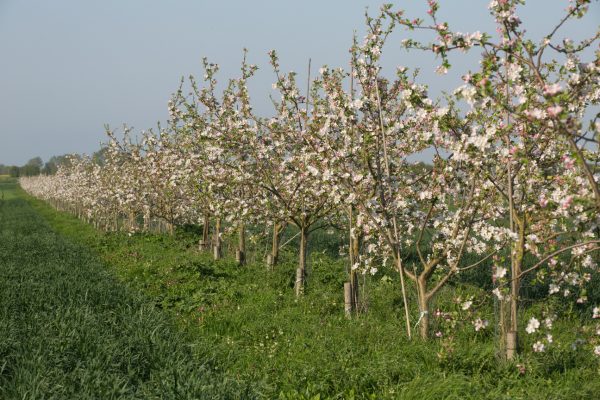Managing the drought
Benefits of native tree species for shelter on the water regime of pasture and arable crops
Resource explained
Climate change scenarios are predicting greater extremes of weather, including drier summers. Such periods of drought during the growing season can mean poor germination, reduced growth rates and lower yields. This evidence review assesses the benefits of native tree species for shelter on the water regime of pasture and crops. It draws on evidence from the UK, Europe and other temperate zones. It was undertaken by Harper Adams on behalf of the Woodland Trust. Before the evidence is presented overviews are given on evapotranspiration, shelterbelt design and crop microclimate. Arable crops cycle water to the atmosphere through evapotranspiration – a combination of evaporation from the soil surface and crop transpiration, as water vapour leaves plants through leaf surfaces. The effectiveness of shelterbelts is determined by height, porosity and size. The reduction in wind speed as a result of a shelterbelt can improve the crop microclimate and make the crop more efficient in its water use.
Findings & recommendations
In summary shelterbelts can act as an insurance policy against droughts. Field edge or in-field shelterbelts modify the crop microclimate by reducing wind speeds and reducing evapotranspiration losses.
- Shelterbelts alter the speed and direction of wind. Porosity and height are the main factors that determine the level of protection given by the shelterbelt.
- A shelterbelt of less than 40% porosity will reduce wind speeds by as much as 90% and protect an area of 10 times the height of the shelter.
- Tall shelterbelts of between 40-60% porosity will protect an area up to 30 times its height.
- Shelterbelts should be as high as local conditions allow.
- Shelter can reduce mechanical damage of crops, potentially reducing the ingress of plant diseases.
- The introduction of trees into the crop environment can modify soil structure, improving infiltration rates and water holding capacity.
- Trees can shade crops and compete for water and nutrients, reducing crop yields adjacent to shelter. Yield reductions typically occur up to a distance of 1-2 times the height of the shelterbelt.
- In Canada it has been shown that shelterbelts can increase wheat yields by at 3.5% and more in drier years.
Header image credit: Mr Hugh Venables. All Rights Reserved
